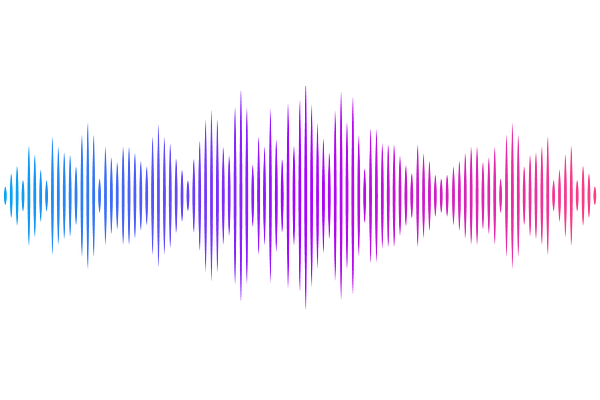Bridging Scales: Spectral Theory Reveals How Local Connectivity Rules Sculpt Global Neural Dynamics in Spatially Extended Networks

Bridging Scales: Spectral Theory Reveals How Local Connectivity Rules Sculpt Global Neural Dynamics in Spatially Extended Networks
Huang, Y.; Gao, K.; Yang, D.; Song, S.; Chen, G.
AbstractThe brain\'s diverse spatiotemporal activity patterns are fundamental to cognition and consciousness, yet how these macroscopic dynamics emerge from microscopic neural circuitry remains a critical challenge. We address this by developing a spatially extended neural network model integrated with a spectral theory of its connectivity matrix. Our theory quantitatively demonstrates how local structural parameters, such as E/I neuron projection ranges, connection strengths, and density determine distinct features of the eigenvalue spectrum, specifically outlier eigenvalues and a bulk disk. These spectral signatures, in turn, precisely predict the network\'s emergent global dynamical regime, encompassing asynchronous states, synchronous states, oscillations, localized activity bumps, traveling waves, and chaos. Motivated by observations of shifting cortical dynamics in mice across arousal states, our framework not only explains this repertoire of behaviors but also offers a principled approach to inferring underlying effective connectivity changes from macroscopic brain activity. By mechanistically linking neural structure to dynamics, this work provides a powerful tool for understanding brain function and paves the way for identifying potential biomarkers for neurological disorders.